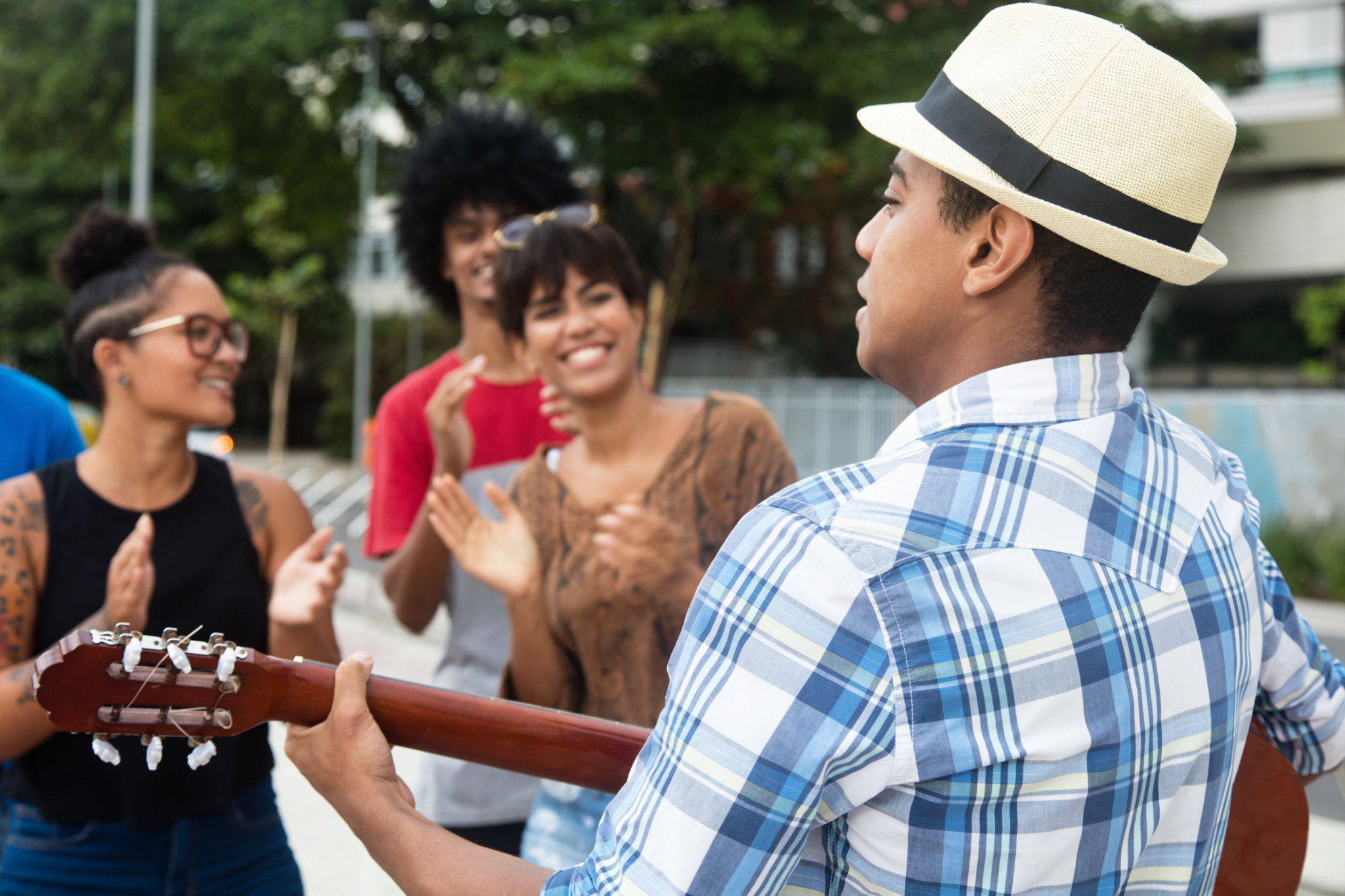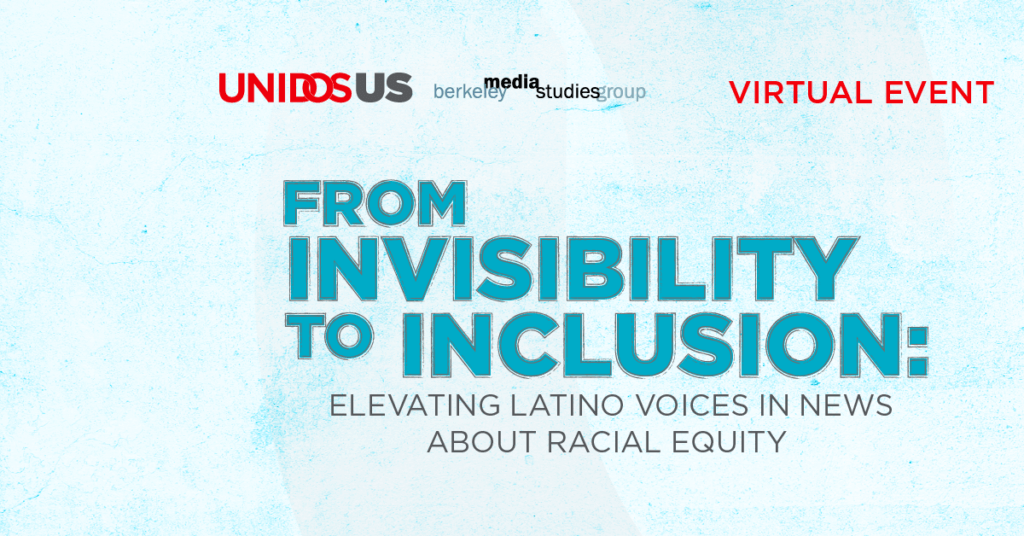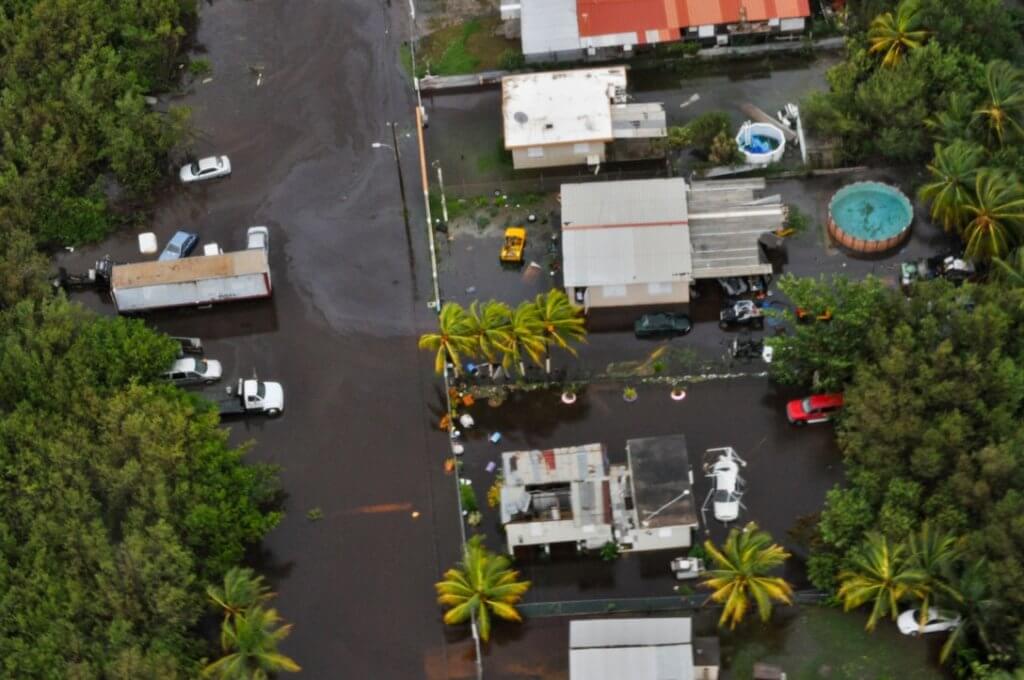The evolution of the Puerto Rican community in New York City
By Claudia Ruiz, Policy Analyst, UnidosUS
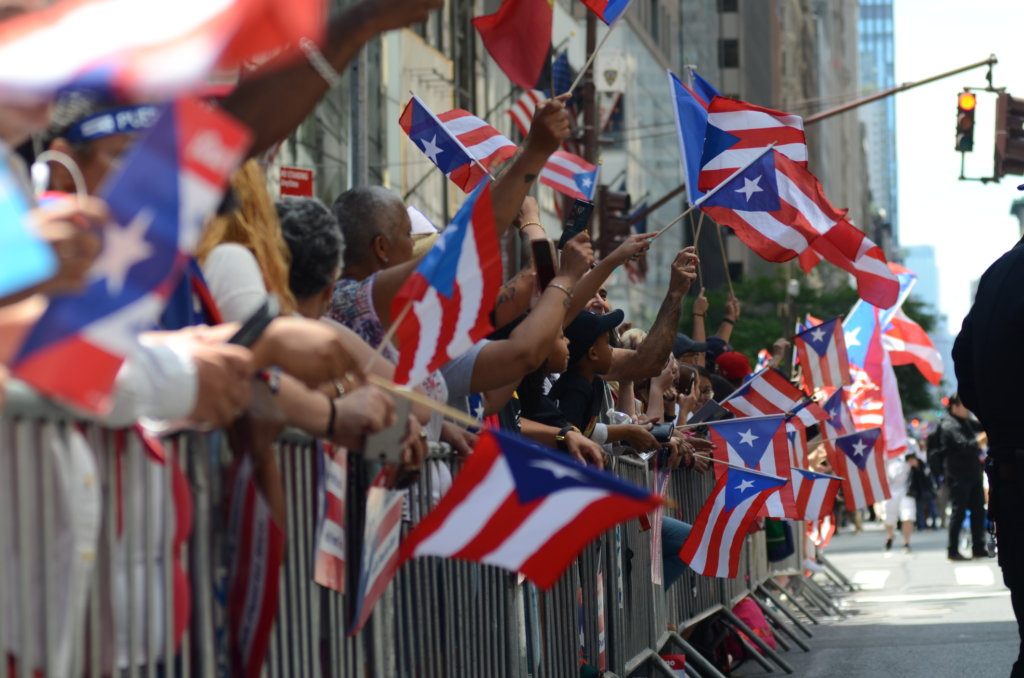
Puerto Rico’s 122-year history as an unincorporated territory of the United States reflects long-term American racial, economic and political exploitation of its very own citizens—both on the island and stateside. The evolution of the Puerto Rican community in New York City (“Nuyoricans”) also reveals how policies meant to address, and often encourage, Puerto Rican migration to the mainland have also exposed complex racial dynamics. The acquisition of Puerto Rico and subsequent migration produced ripple effects of inequities experienced by Puerto Ricans—as colonial peoples, New Yorkers, and eventually and as a rich segment of the flourishing Latino community in an increasingly multicultural America.
The first large wave of Puerto Rican migration immediately followed the United States’ cession of the island from Spain under the 1898 Treaty of Paris, which also ended the Spanish-American War. During this first period of settlement, the majority of these pioneros settled across New York City, particularly in East Harlem, serving as the early foundation for what would later become sprawling Puerto Rican communities accounting for 9% of the city’s total population. Early migrants were diverse, moving from both rural regions and cities across Puerto Rico and spanning contract laborers, merchants, and skilled laborers such as tabaqueros. This first migration boom has been attributed to a variety of factors, but none more dominant than the draw of labor opportunities—a direct result of the economic and political dependence fostered by the colonial nature of the American-Puerto Rican relationship.
In transitioning from Spanish to American rule, Puerto Rico lost a great deal of the already limited autonomy it had secured under the 1897 Autonomous Charter of Spain. This lost autonomy, written into the Organic Act of 1900, was almost immediately reflected in a forced shift in the Puerto Rican economy: a once diverse, largely self-sufficient subsistence-based economy that relied on tobacco, cattle, coffee, and sugar almost overnight became singularly centered around sugar cane exports—with 60% of this industry controlled by mainland American owners.
Meanwhile, the citizenship status of Puerto Ricans was in limbo with little regard for the impacts this had on Puerto Ricans—both on and off the island. The Treaty of Paris specifically retained Spanish citizenship and rights for ”natives of the [Iberian] Peninsula residing in the territory.” But for the indigenous “native inhabitants” of the territory “civil rights and political status” were automatically stripped, to be decided on by the U.S. Congress at a later, unidentified date. In this way that the same racial and ethnic biases that segregated rights between Spaniards and indigenous Puerto Ricans and those with African heritage also shaped U.S. legal concepts of citizenship, fueling the selective application of U.S. Constitutional protections based on theories of colonialism and territorial expansion. The political status of Puerto Rico and its inhabitants played out in a set of cases decided just after the turn of the century known as the Insular Cases; the first of which began with the surface question of Congress’s power to tax the unincorporated territory differently than the rest of the states (as carried out by the Foraker Act) despite the Uniformity Clause of the Constitution. This series of cases concluded that, with Congress’s ratification of the Treaty of Paris, Puerto Rico became a territory of the United States and entirely subject to the legislative authority of Congress. Following this reasoning, U.S. courts concluded that Puerto Rico could not be considered a foreign nation subject to import tariffs on goods shipped to the mainland—a decision that clearly benefited mainland Americans—both as consumers and as majority controllers of the island’s new biggest export: sugar cane.
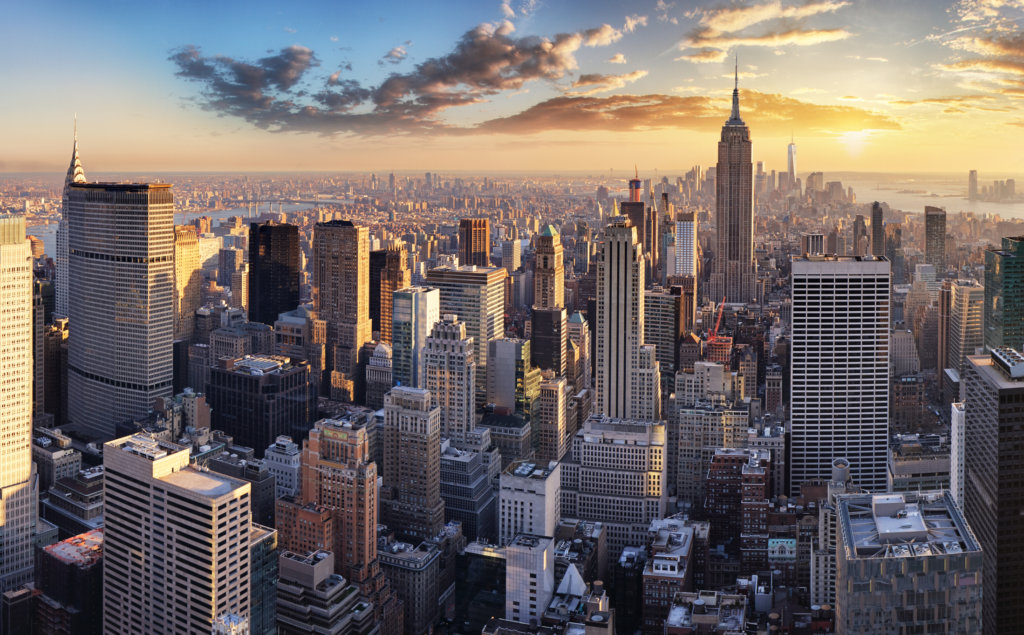
However, at the same time, these decisions also made a point to subvert the island’s status by situating it as an unincorporated territory; meaning that since Congress had not taken affirmative steps to “incorporate” the island, but instead merely ratified a treaty to approve its cession, Puerto Rico and its inhabitants were not necessarily entitled to constitutional protections, either. This resulted in de facto second-class status for Puerto Ricans, who had no say in their local government (let alone federal governance), could be taxed separately from the rest of the country, and yet were not considered American citizens who enjoyed constitutional protections. The emerging rhetoric from these cases should ring familiar, since the court that decided this body of cases was almost the identical one that upheld racial segregation under the discredited doctrine of “separate but equal” in Plessy v. Ferguson (1896).
For the pioneros migrating to the mainland during the first decade of 1900, yet another serious ramification of undefined citizenship status was the issue of frequent detainment as “alien immigrants” at entry sites. Despite being under the total and complete authority of the U.S. government, Puerto Ricans initially were required to have a passport to enter the country, with many traveling to New York City detained under the Immigration Act of 1891. It was not until one month before the United States entered World War I that citizenship was granted to all Puerto Ricans under the Jones-Shafroth Act of 1917. Notably, the Jones-Shafroth Act was followed up just two months later with the Selective Service Act of 1917, which extended mandatory conscription to all U.S. citizen males—including newly recognized Puerto Ricans. What is more, conscription also created major labor shortages on the mainland, further prompting a boom in migration, particularly for Puerto Rican women. These stressors were further compounded by two factors: (1) a sharp decline in reinvestment in the cane-based industry that came to a head by 1920 and (2) the 1921 passage of the Emergency Quota Law, which set a cap on the number of foreign-born persons allowed entry into the nation, namely Southern and Eastern Europeans deemed “undesirable,” on the other. As newly recognized U.S. citizens not subject to immigration quotas, Puerto Ricans became an accessible labor pool to draw from, spurring yet another migration boom by the middle of the century.
The denial of even second-class citizenship to Puerto Ricans for two decades until U.S. entry into World War I generated a need for conscripts—some might argue “cannon fodder”—based on policy decisions heavily influenced by racism. Beyond this need for deployable American forces, the war also spurred more Puerto Rican migration to the mainland, where they encountered systems and structures that were stacked against them and provided new opportunity for exploitation.
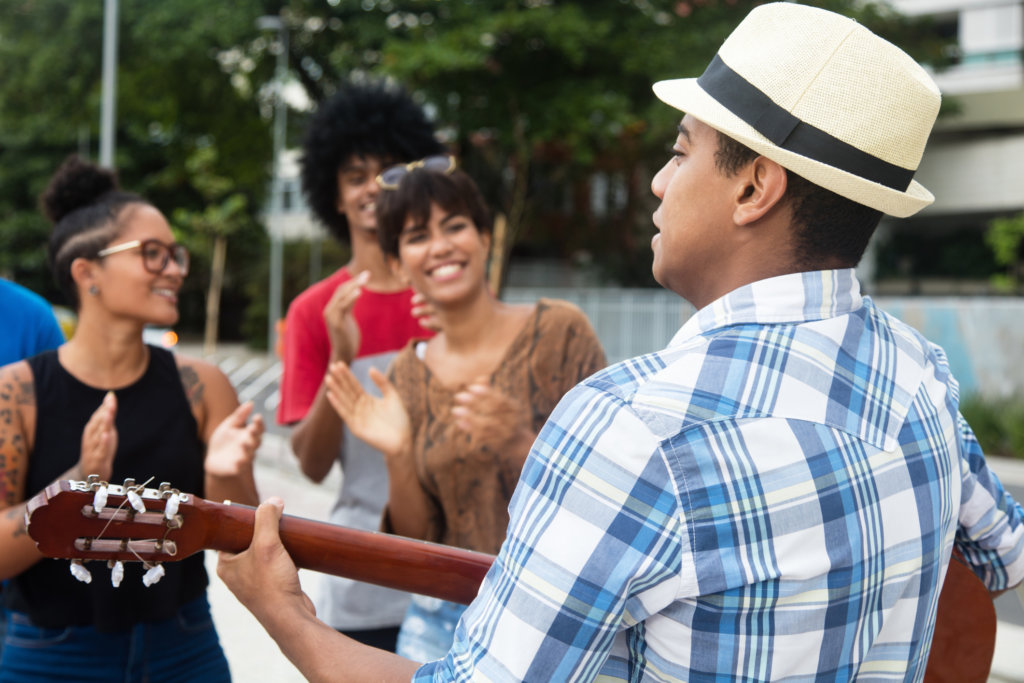
As the next installment of this series will reveal, these experiences heavily influenced and shaped the Puerto Rican communities that emerged in New York City in the mid-1950s. Stay tuned.

